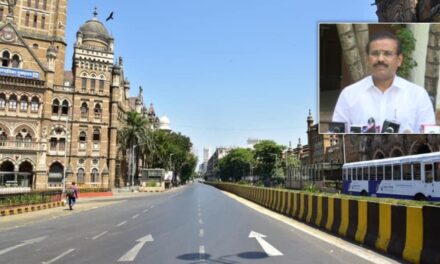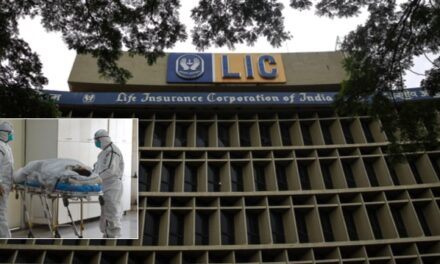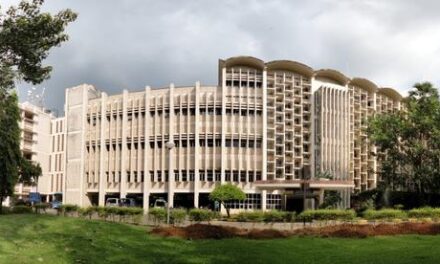Exam Results Aftermath: 3 student suicides reported in Mumbai in last 48 hours


Of the three students, two had appeared for SSC while one had given the F.Y.B.Com exam (Representational Image, Courtesy: Huffington Post)
At least three students from the city paid the ultimate price for education as they chose to end their lives after failing to perform in their respective examinations.
The spate of student suicides started on Tuesday, June 13, with three reported in the 48 hour period since then.
Of the three that were reported, two students took the extreme step after the SSC results were declared whereas another ended her life after failing her F.Y.B.Com exams.
Case 1
16-year-old Komal Sanjay Pandekar committed suicide on Tuesday after failing to score 85 percent in the SSC exams. She ended her life by hanging herself from the ceiling fan of her house in Sambhaji Nagar.
According to her suicide note, Komal was expecting to score 85 percent, but managed only 65 percent. She also advised her younger sister to score at least 85 percent when she appears for the SSC exams, and urged her parents to continue with their work.
Case 2
In the second case, a student from Khar reportedly committed suicide after finding out that she had failed her SSC exams.
16-year-old Namira Shaikh found out about her results on Tuesday afternoon, following which she locked herself in her room and hanged herself from the ceiling fan.
Case 3
In another incident, a 21-year-old First Year Bachelor of Commerce (B.Com) student committed suicide on Wednesday after failing her exams.
Sanchita alias Nayana Wagh committed suicide by hanging herself from a ceiling fan at her Charkop home. The parents took her to the Shatabdi hospital, where she was declared brought dead. She was a student of Patkar College in Goregaon.
Related: Complete statistical overview of SSC 2017 results
More cases from Maharashtra
Apart from the three cases in Mumbai, at least two more cases of suicide have been reported from the state.
In the first case, a 16-year-old boy, Chetan Ramesh Patil, killed himself after failing the English and Mathematics exams. He too committed suicide after the SSC results were declared on Tuesday.
Patil, a resident of Nandara village in Jalgaon, ended his life by hanging himself with his mother’s dupatta.
In another case, a 15-year-old student ended his life even before the SSC results were declared. Kaustubh Kalidas Mungekar took his life in fear that he would fail the Class X exams. The Nashik resident also hung himself at his home in Patil Nagar.
Three more cases of student suicides have been reported from Rajasthan, Punjab and Jharkhand in the last 24 hours.
The bigger picture
According to data released by the National Crime Records Bureau (NCRB) in 2015, around 40,000 students have committed suicide in the country in the last 5 years, with one taking place every hour.
India has one of the highest suicide rates in the world for the age group between 15-29 years. Maharashtra, incidentally, is the state from where maximum students committed suicide in 2015.
Cause and effect
Over the last decade, various national and international institutions have tried to determine the root cause of the country’s high student suicide rate. However, it has been almost impossible to pinpoint a single cause due to the problem’s inherent complexity.
Having said that, some of the major contributors include:
* Excess stress due to parental and societal pressure – In a country with over a billion people and limited opportunities, the pressure of beating the competition is paramount, and parents are often the ones who escalate it.
* Lack of awareness – An overwhelming majority of schools in the country lack trained counsellors or courses that focus on raising awareness about mental health and its related disorders.
* Lack of a strong support infrastructure – India lacks the type of social and physical infrastructure, required to nurture and support students, when it comes to coping up with failure in examinations.
* Shortage of mental health professionals – Despite the growing need, India faces an 87 percent shortage of mental health professionals. For example, it has only three psychiatrists per million citizens, instead of the 56 recommended by WHO.













